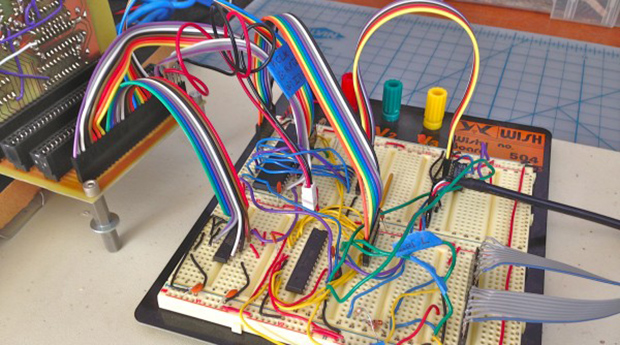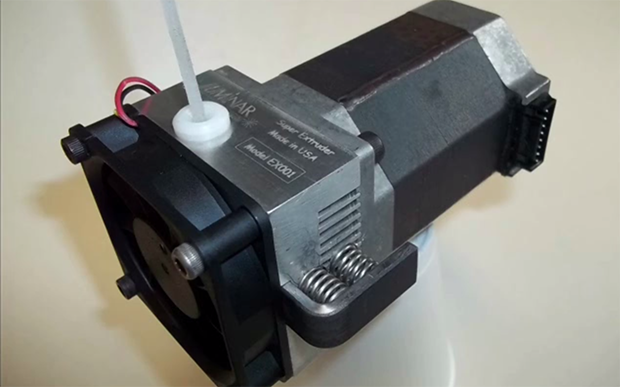The photo above doesn’t do this huge and whimsical Steampunk Battleship justice. It’s an amazing project that took its creator, [Ed Ross], over 2500 hours to complete.
Called Barnum’s Dream, it was said to be originally commissioned by Queen Victoria as a ship for the Crimean war, and was the largest paddle wheel steam warship ever built. It was then retrofitted with a massive train carriage to be used in the Franco-Prussian war (that’s right, on land!).
The model is just over 4 feet long and just under 4 feet tall. Aside from the steam engine (which was modified) it was completely build by hand. Almost all of the mechanical linkages and powered by the internal steam engine. The level of detail that went into this is absolutely awe-inspiring.
If you enjoyed the background history of the ship, there’s a delightful tale of the ship’s apparent origins on [Ed’s] blog which is thoroughly enjoyable. Make sure to check it out after watching the video after the break.
Continue reading “Steampunk Battleship Complete With Steam Engine!”

















